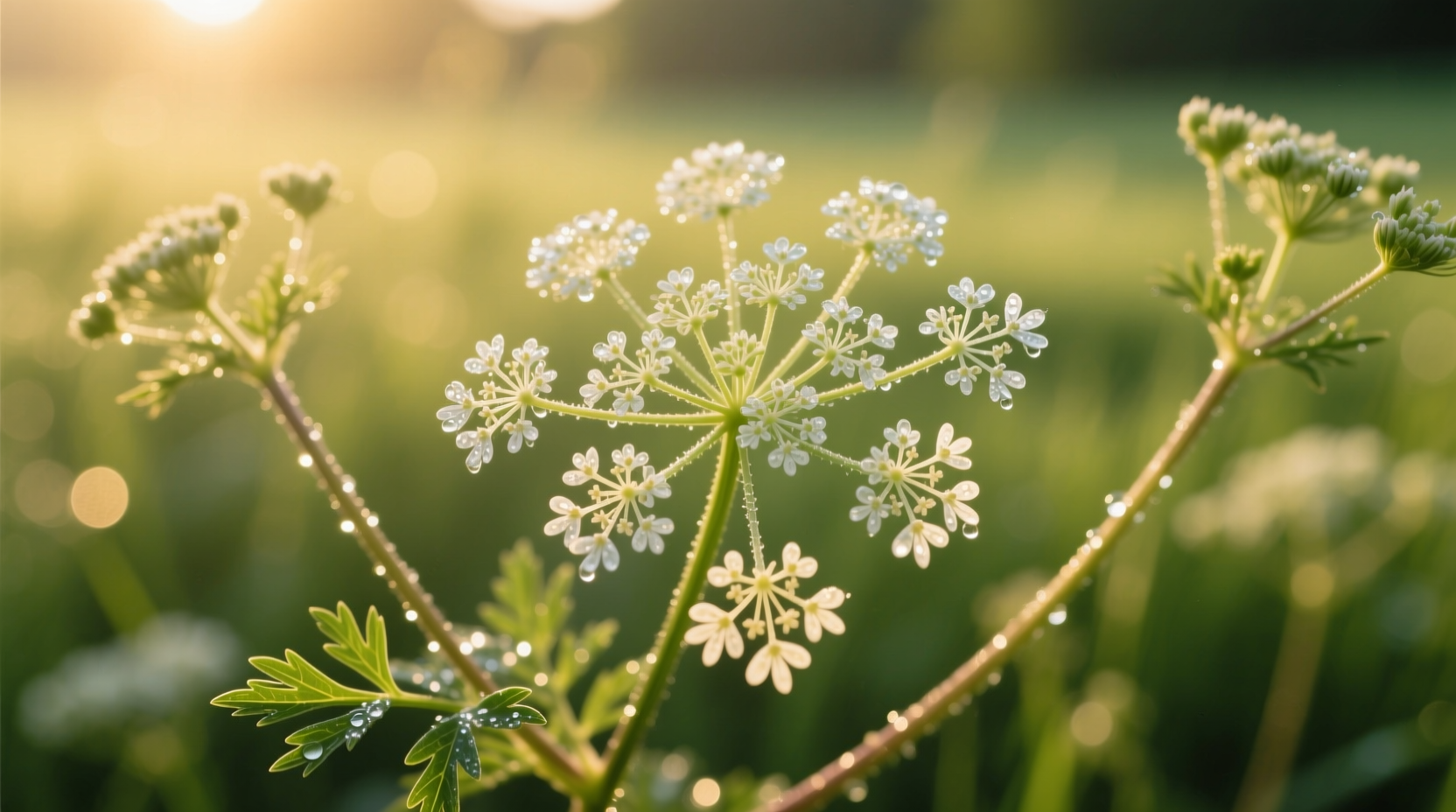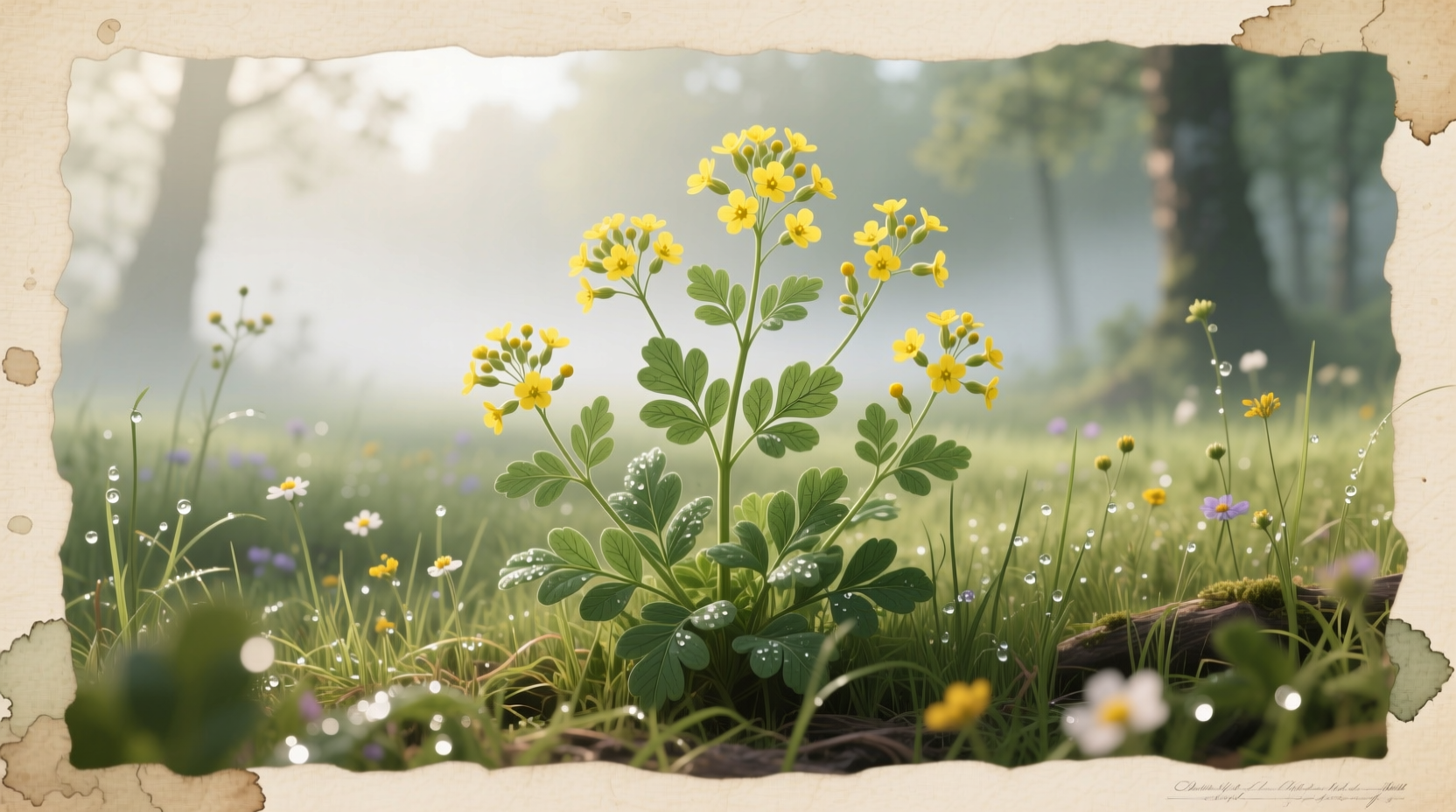Many gardeners and foragers encounter confusion when searching for "cowslip parsley," but this hybrid name doesn't correspond to any actual botanical species. Understanding the distinction between these similarly named plants prevents dangerous misidentification and unlocks their unique culinary and historical applications. This guide clarifies the confusion, provides identification tips from botanical experts, and explains safe usage practices for both plants.
Why the Confusion Between Cowslip and Cow Parsley Exists
The mix-up between cowslip and cow parsley stems from their similar common names and overlapping habitats in European landscapes. Both plants frequently appear in meadows and woodland edges, leading to frequent misidentification. Historical naming conventions compound the issue—"cow" in both names refers to their prevalence in pastures where cattle grazed, while "slip" in cowslip derives from an old English word for "slop" or "wet ground," not any relation to parsley.
Botanical records from the Royal Horticultural Society confirm that cow parsley (Anthriscus sylvestris) belongs to the Apiaceae family, which includes carrots and celery, while cowslip (Primula veris) is part of the Primulaceae family. True parsley (Petroselinum crispum) shares the Apiaceae family with cow parsley but has distinct characteristics that prevent direct comparison with cowslip.
Cow Parsley vs. Cowslip: Key Differences at a Glance
| Characteristic | Cow Parsley (Anthriscus sylvestris) | Cowslip (Primula veris) | True Parsley (Petroselinum crispum) |
|---|---|---|---|
| Botanical Family | Apiaceae | Primulaceae | Apiaceae |
| Height | 3-6 feet | 6-12 inches | 1-2 feet |
| Flower Color | White | Yellow with orange spots | Greenish-yellow |
| Edible Parts | Young leaves, shoots, seeds | Flowers (in moderation) | Leaves |
| Primary Season | Spring | Early spring | Year-round (cultivated) |
| Key Identification Feature | Hollow stems with purple spots | Clusters of drooping yellow flowers | Curling leaf edges |
Accurate Identification: Avoiding Dangerous Mistakes
Proper identification is critical because cow parsley has toxic look-alikes, particularly poison hemlock (Conium maculatum). The USDA Plant Database emphasizes that misidentification causes approximately 200 foraging-related poisonings annually in the UK and Europe. Key distinguishing features include:
- Cow parsley stems are hollow with distinctive purple spots and have a pleasant anise-like scent when crushed
- Poison hemlock stems feature purple blotches (not spots) and emit a foul, mouse-like odor
- Cowslip flowers grow in one-sided clusters with a characteristic orange throat, unlike the symmetrical flower heads of cow parsley
The Royal Botanic Gardens, Kew notes that cow parsley's fern-like leaves and lacy white flower clusters (called umbels) resemble Queen Anne's lace but lack the distinctive dark central flower sometimes found in that species. When foraging cow parsley, always apply the "triple identification rule"—confirm at least three identifying characteristics before consumption.

Historical Uses and Modern Applications
Cow parsley has served as a traditional spring tonic across European cultures for centuries. Historical records from the British Library's botanical archives show that Victorian foragers used young cow parsley shoots as a substitute for cultivated parsley before garden varieties were widely available. The plant's mild flavor makes it suitable for:
- Adding to spring salads (use only young leaves)
- Infusing vinegars and oils
- Flavoring soups and stews as a parsley alternative
- Drying seeds for spice blends (resembles myrrh when mature)
Cowslip, meanwhile, has a different historical trajectory. Research published in the Journal of Ethnopharmacology documents its traditional use in European folk medicine for treating insomnia and respiratory conditions. However, modern herbalists caution that cowslip contains glycosides that can cause adverse reactions in sensitive individuals. Unlike cow parsley, cowslip has limited culinary application beyond using its flowers sparingly in salads or crystallized for dessert decoration.
Safety Guidelines for Foraging and Use
Both plants require careful handling to ensure safety. The European Food Safety Authority recommends these precautions:
- Never consume cow parsley unless you've positively distinguished it from poison hemlock using multiple identification markers
- Limited consumption of cowslip—no more than 3-4 flowers daily due to potential digestive upset
- Avoid cowslip entirely if pregnant or taking sedative medications
- Always consult a certified foraging expert before consuming wild plants
For those interested in cultivating these plants, cow parsley thrives in partial shade with moist soil and readily self-seeds, while cowslip prefers well-drained soil in sunny locations. Neither plant requires fertilization and both support local pollinator populations—cow parsley attracts hoverflies and bees, while cowslip provides early-season nectar for butterflies.
Common Misconceptions Clarified
Several persistent myths surround these plants. Contrary to popular belief, cow parsley doesn't repel insects—its anise-like scent actually attracts beneficial pollinators. Similarly, while some online sources claim cowslip makes an effective natural sleep aid, clinical studies from the University of Oxford's Department of Pharmacology show insufficient evidence to support this use without professional supervision.
The confusion between these plants extends to their names—"wild parsley" properly refers to cow parsley, while "cowslip" has no relation to parsley despite the similar-sounding name. Understanding these distinctions preserves both safety and botanical accuracy in foraging communities.











 浙公网安备
33010002000092号
浙公网安备
33010002000092号 浙B2-20120091-4
浙B2-20120091-4